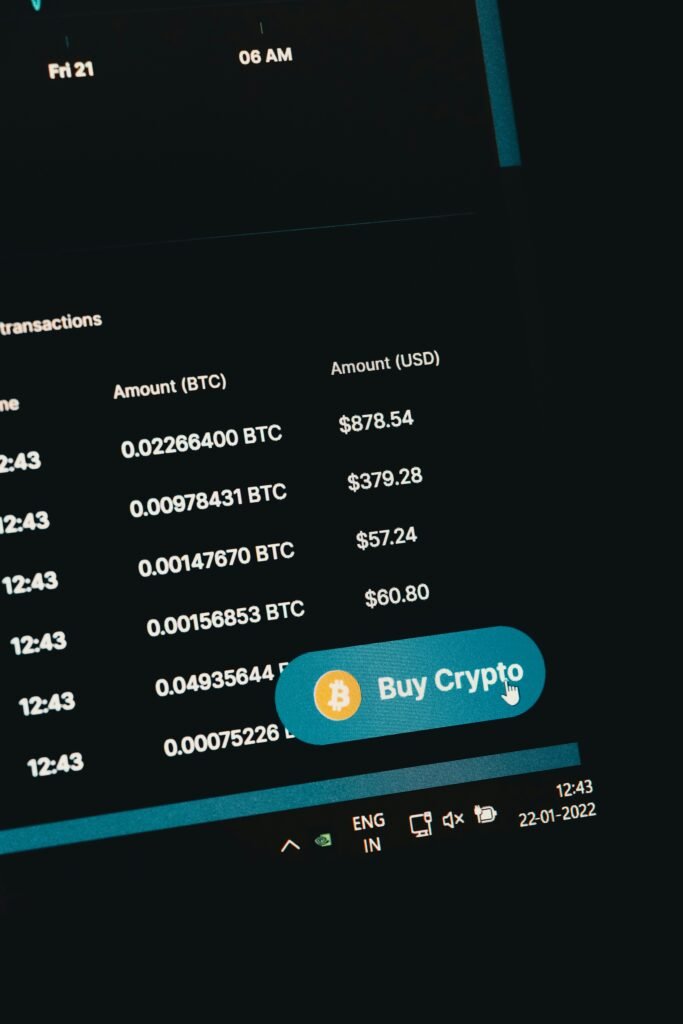Understanding Bitcoin and Its Value
Bitcoin is a revolutionary form of decentralized digital currency that enables peer-to-peer transactions without the need for intermediaries such as banks or financial institutions. Introduced in 2009 by an anonymous entity known as Satoshi Nakamoto, Bitcoin operates on a technology called blockchain, which is a distributed ledger that records all transactions across a network of computers. This makes Bitcoin resilient to censorship and fraud, as no single entity has control over the entire network.
The blockchain’s significance lies in its ability to ensure transparency and security in transactions. Each block in the blockchain contains a list of verified transactions, and once a block is added to the chain, it cannot be altered. This process, combined with cryptographic techniques, provides a high level of security and integrity to the Bitcoin network. The decentralized nature of Bitcoin and the use of blockchain technology fundamentally distinguishes it from traditional currencies, which are typically controlled by central banks that can manipulate supply and value.
A key factor contributing to Bitcoin’s value is its scarcity. There will only ever be 21 million Bitcoin in existence, a cap that creates an environment of scarcity similar to precious metals like gold. As demand for Bitcoin grows, especially among investors seeking an alternative to traditional assets, its value can increase significantly. Additionally, Bitcoin’s usability in various sectors, such as remittances, online purchases, and investment opportunities, enhances its appeal as a medium of exchange.
Understanding these foundational concepts allows potential investors to appreciate Bitcoin’s unique characteristics and the value it brings within the evolving landscape of digital currencies. This knowledge is essential for making informed decisions about engaging in Bitcoin purchasing and investment strategies.
Choosing a Bitcoin Wallet
When it comes to holding Bitcoin, selecting the right wallet is an essential step that requires careful consideration. Bitcoin wallets can be categorized primarily into four types: hot wallets, cold wallets, hardware wallets, and mobile wallets. Each type serves a unique purpose, tailored to the user’s specific needs and preferences.
Hot wallets are online wallets that facilitate quick access to your Bitcoin, making them ideal for frequent trading or spending. They often come in the form of web-based services or software applications installed on your devices. However, their connection to the internet can pose security risks, as hot wallets are more vulnerable to hacking attempts. For those investing substantial amounts in Bitcoin, a cold wallet is advisable. Cold wallets, such as paper wallets or hardware wallets, store Bitcoin offline, providing a much higher level of security against cyber threats.
Hardware wallets are a popular choice among Bitcoin investors due to their robust security features. They resemble USB drives and connect to your computer when transactions are necessary. This allows you to manage your Bitcoin holdings securely while minimizing risk. Mobile wallets, on the other hand, are applications designed for smartphones, offering convenience for everyday transactions. While they provide easier access to your Bitcoin, it is crucial to ensure that any mobile wallet used is reputable and well-reviewed for security.
When selecting a wallet, consider factors like ease of use, available features, and security options. It’s also advisable to conduct thorough research to understand the risks associated with each wallet type. Before setting up your wallet, follow best practices for security, such as enabling two-factor authentication and keeping your recovery phrases secure. By choosing the right Bitcoin wallet, you can manage and protect your investments effectively, setting a strong foundation for your Bitcoin journey.
Finding a Credible Exchange to Buy Bitcoin
When venturing into the world of cryptocurrency, selecting a credible exchange to buy Bitcoin is a crucial step. An exchange serves as a platform where users can purchase, sell, and trade their digital assets. The first factor to consider while choosing an exchange is the trading fees. These fees can vary significantly between platforms; therefore, it is essential to analyze whether the costs align with your trading habits. Some exchanges opt for a flat fee per transaction, while others may charge a percentage of the trade value. A thorough comparison of different exchanges will help identify the most cost-effective option for your needs.
Another critical aspect is the range of payment methods supported by the exchange. Some platforms allow purchases via bank transfers, credit cards, and debit cards, while others may offer alternative payment solutions such as PayPal or digital wallets. Review these methods to determine which is most convenient for your financial transactions.
Security features cannot be overlooked when choosing where to buy Bitcoin. Ensure that the exchange provides robust security measures such as two-factor authentication (2FA), cold storage for assets, and insurance against potential breaches. Investigating the exchange’s history concerning hacks or breaches can provide insight into its overall reliability.
Regulatory compliance is also essential, especially in a landscape fraught with regulatory changes. Selecting exchanges registered with relevant authorities can provide reassurance about their legitimacy and adherence to legal standards. Popular exchanges such as Coinbase, Binance, and Kraken offer comprehensive services while maintaining strong security and compliance protocols.
Once you have chosen a suitable exchange, the final step involves creating an account. Typically, this will require entering your basic information and verifying your identity through documentation, which helps in preventing fraud. By following these steps, you can confidently proceed to buy Bitcoin on a reliable platform.
Making Your First Bitcoin Purchase
Once you have established a secure Bitcoin wallet and chosen a reputable exchange, you are now ready to make your first Bitcoin purchase. This process can be simplified into several clear steps to ensure a smooth experience, especially for newcomers to the cryptocurrency landscape.
Start by determining how much Bitcoin you wish to buy. It is advisable to begin with a small amount, allowing you to familiarize yourself with the cryptocurrency market dynamics. Bitcoin can be purchased in fractions; hence, even a modest investment can be worthwhile. After deciding the amount, head to the exchange you selected and log into your account.
Next, you will need to select a payment method. Most exchanges offer multiple options, including bank transfers, credit or debit cards, and sometimes even PayPal. Each method varies in terms of transaction efficiency and fees. Keep in mind that credit card purchases may incur higher fees compared to a bank transfer. Ensure that your chosen payment method aligns with your preferences for cost and convenience.
Upon selecting a payment method, proceed to execute the purchase. Most exchanges will have a specific interface that guides you through confirming your purchase details before finalizing the transaction. It is crucial to double-check the information entered, including the amount of Bitcoin you intend to buy, to avoid any errors.
Once your purchase is complete, you should receive a confirmation. Take this opportunity to verify that the Bitcoin has been credited to your wallet. It is also wise to keep an eye on the transaction status through your exchange account, as this enhances your awareness of market movements and fluctuations.
To manage your Bitcoin effectively, consider tracking its performance and setting alerts for significant price changes. This proactive approach will facilitate better decision-making in future transactions. In conclusion, by following these straightforward steps, your inaugural Bitcoin purchase can be both successful and reassuring, setting a strong foundation for your cryptocurrency journey.


















